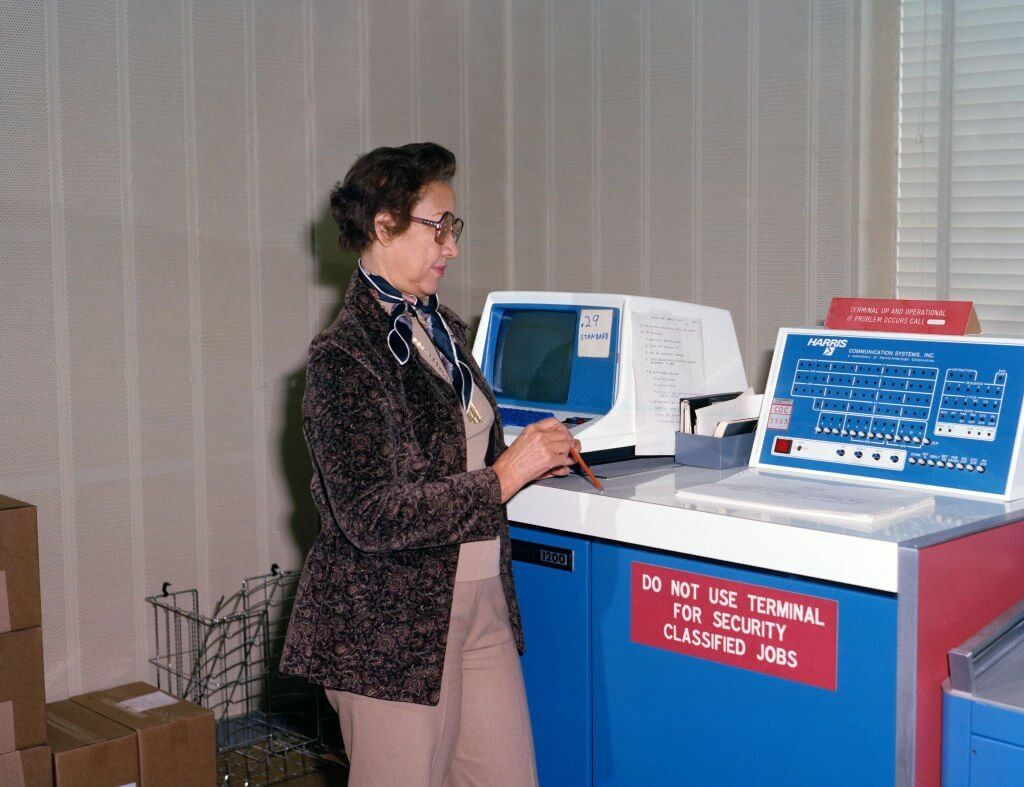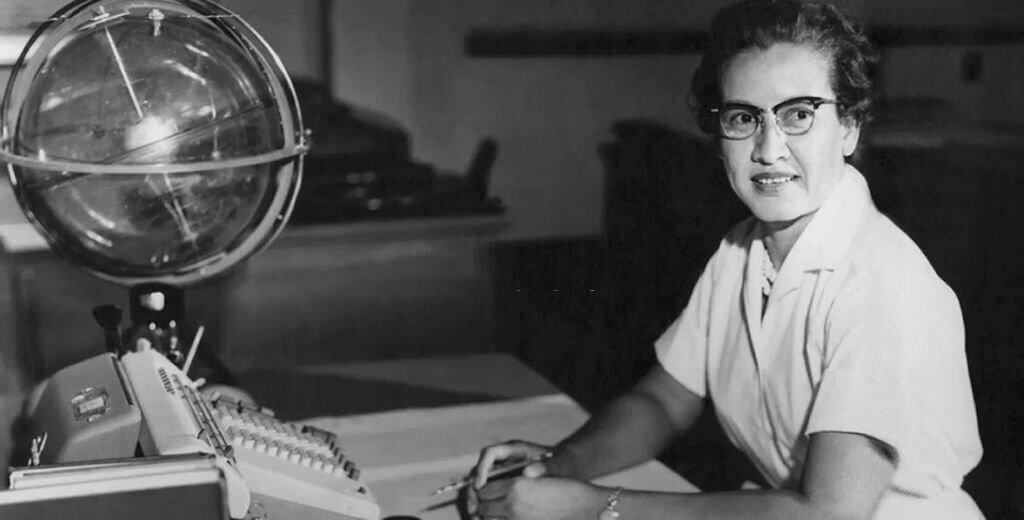Katherine Johnson was a pioneering African American mathematician, physicist, and trailblazer whose work was instrumental in the success of NASA’s early space program.
She was one of the first African American women to work as a mathematician at NASA and was part of the small group of female mathematicians, known as “human computers”, who performed complex calculations by hand.
Today, we will know what challenges Katherine Johnson faced.
She is a true inspiration for many, particularly for women and minorities in STEM fields, and her legacy continues to inspire many today.
What Challenges Did Katherine Johnson Face?

Katherine Johnson, an African American mathematician and physicist, faced a number of challenges throughout her life and career, particularly due to the racial and gender discrimination of the time.
Some of the challenges she faced included:
Racism and sexism:
As an African American woman working in a field that was primarily dominated by white men, Johnson faced both racial and gender discrimination throughout her career.
She faced obstacles in getting hired, being promoted, and receiving recognition for her work because of her race and gender.
Also, Johnson faced limited opportunities because of her race and gender; she had to attend a segregated school and was not encouraged to pursue higher education.
Lack of access to education and resources:
Johnson faced challenges in accessing education and resources due to the racial segregation and discrimination of the time.
This made it difficult for her to receive the same level of education and training as her white counterparts.
Inadequate representation:
As one of the few African American women working in the field of mathematics and physics, Johnson faced a lack of representation and support in her workplace.
She often had to work independently and had little mentorship or guidance from her colleagues.
Working conditions: Johnson worked at NASA during the Cold War and Civil Rights Movement, and she faced difficult working conditions and the fear of losing her job as a result of her race.
In addition to the challenges I previously mentioned, Katherine Johnson also faced other obstacles in her career, such as:
Resistance to change:
Johnson’s work was instrumental in the success of NASA’s early space program, but her contributions were often overlooked and undervalued by her colleagues and supervisors, who were resistant to change and new ways of thinking.
Lack of recognition:
Despite her groundbreaking work, Johnson did not receive the recognition she deserved for many years. She was not acknowledged as an author or co-author on any of the reports she contributed to, and it was only decades later that her work was recognized and acknowledged.
Limited role in decision-making: Despite her expertise and contributions, Johnson was often not included in important decision-making and planning meetings, further limiting her ability to shape the direction of her work and the projects she was involved in.
Personal challenges:
Johnson also faced personal challenges such as balancing her work and family responsibilities, as she was a working mother of three children.
Despite these challenges, Katherine Johnson’s perseverance, intelligence, and determination allowed her to make significant contributions to the field of mathematics and physics and to the space program specifically.
She was a trailblazer and an inspiration for many, particularly for women and minorities in STEM fields.
Her story is an important reminder of the impact of individual effort and the power of determination in breaking barriers and achieving success.
What Did Katherine Johnson Fight For?

Katherine Johnson fought for several causes and issues throughout her life and career, including:
Civil rights:
As an African American woman, Johnson faced significant racial discrimination throughout her life and career. She fought for civil rights and for equal treatment and opportunities for people of color.
Women’s rights:
Johnson also fought for women’s rights and for equal treatment and opportunities for women in the workplace, particularly in the field of mathematics and physics, which were primarily dominated by men.
Representation and inclusion:
Johnson fought for the representation and inclusion of minorities and women in STEM fields, as she was one of the few African American women working in the field of mathematics and physics.
Recognition and acknowledgment:
Johnson also fought for recognition and acknowledgment of her work and contributions, which were often overlooked and undervalued by her colleagues and supervisors.
Access to education and resources:
Johnson fought to make education and resources more accessible and equitable for people of color and women, in order to break down the barriers that prevented them from pursuing careers in STEM fields.
Throughout her life and career, Katherine Johnson fought for these causes and issues by using her intelligence, determination, and hard work; she was able to make significant contributions to the field of mathematics and physics, and to the space program specifically.
Her work helped to pave the way for future generations of women and minorities in STEM fields, and her legacy continues to inspire many today.
How Did Katherine Johnson Affect the World?

Katherine Johnson, an African American mathematician and physicist, made significant contributions to the field of mathematics and physics, and to the space program specifically.
Her work had a profound impact on the world and helped to change the course of history in a number of ways:
Advancing space exploration: Johnson’s calculations were critical to the success of NASA’s early space program, including the first human orbit of Earth, the first manned flight to land on the moon, and the first successful rendezvous of two spacecraft in orbit.
Breaking down barriers: Johnson broke down barriers for women and minorities in the field of mathematics and physics. She was one of the few African American women working in the field at the time, and her work helped to pave the way for future generations of women and minorities in STEM fields.
Advancing technology: Johnson’s work helped to advance technology in the field of mathematics and physics, making it possible for NASA to make more precise calculations and to design more efficient and effective spacecraft.
Promoting inclusion and diversity: Johnson’s story helped to promote inclusion and diversity in STEM fields, and her legacy continues to inspire many today to pursue careers in science, technology, engineering, and mathematics.
Changing societal perception: Johnson’s work and achievements helped to change societal perceptions of what women and minorities were capable of achieving, and helped to pave the way for more equal opportunities for underrepresented groups in many fields.
Katherine Johnson’s contributions to the field of mathematics, physics, and space exploration were significant, and her legacy continues to inspire many today.
Her story highlights the importance of perseverance, determination, and hard work in breaking barriers and achieving success.
Interesting Facts About Katherine Johnson
Katherine Johnson was a trailblazer in the field of mathematics and physics and was one of the first African American women to work as a mathematician at NASA.
She was also one of a small group of female mathematicians at NASA’s Langley Research Center in Hampton, Virginia, who were known as “human computers” because of their ability to perform complex calculations by hand.
Johnson’s calculations were critical to the success of NASA’s early space program, including the first human orbit of Earth, the first manned flight to land on the moon, and the first successful rendezvous of two spacecraft in orbit.
In addition, her work helped to verify the calculations of the first electronic computers, which were just starting to be used by NASA.
Johnson’s contributions to the field of mathematics and physics were not widely recognized for many years, but she was eventually awarded several honors for her work.
In 2015, she was awarded the Presidential Medal of Freedom by President Obama, and in 2019, NASA named one of its facilities the Katherine G. Johnson Computational Research Facility in her honor.
In 2020, a street near NASA’s Langley Research Center was renamed Katherine Johnson Boulevard in her honor.
Next Read: What Challenges Did Muhammad Ali Face?
